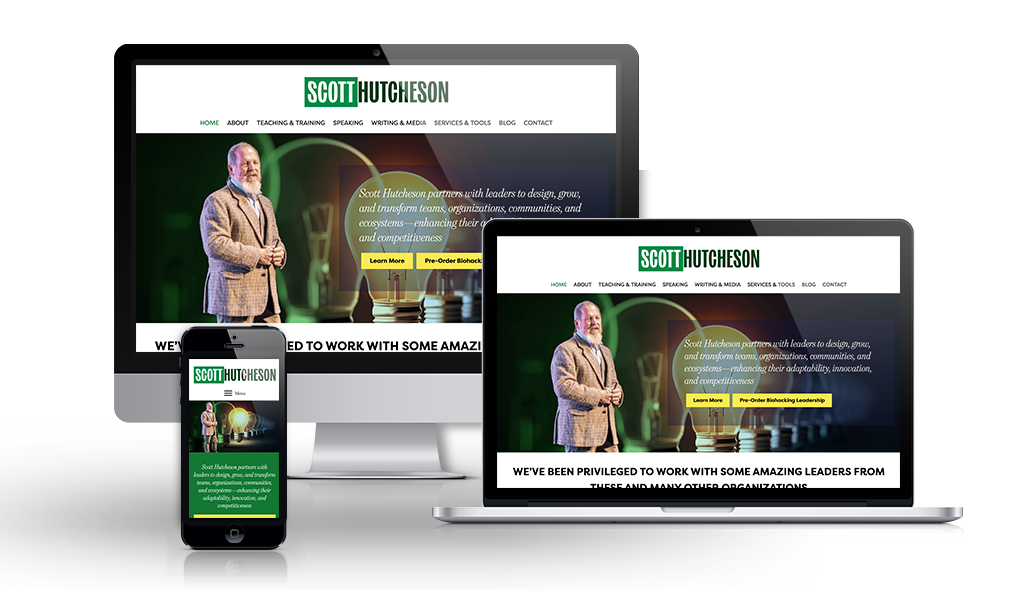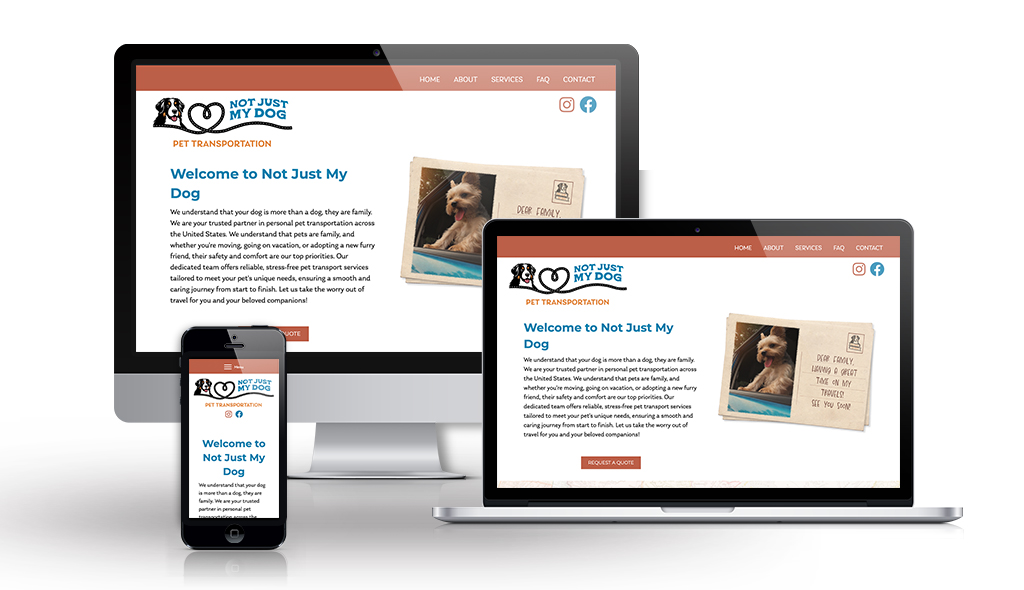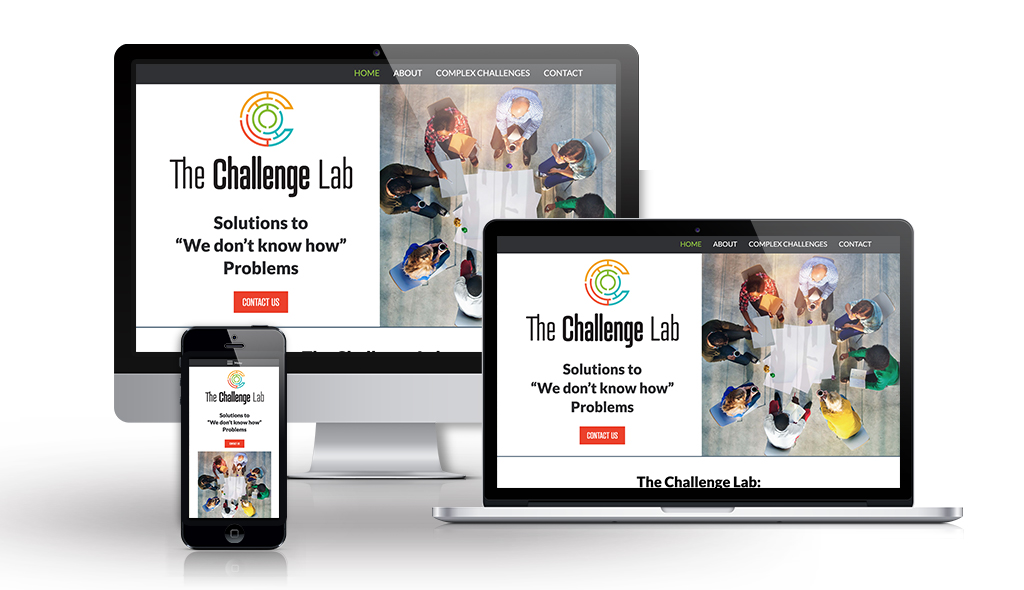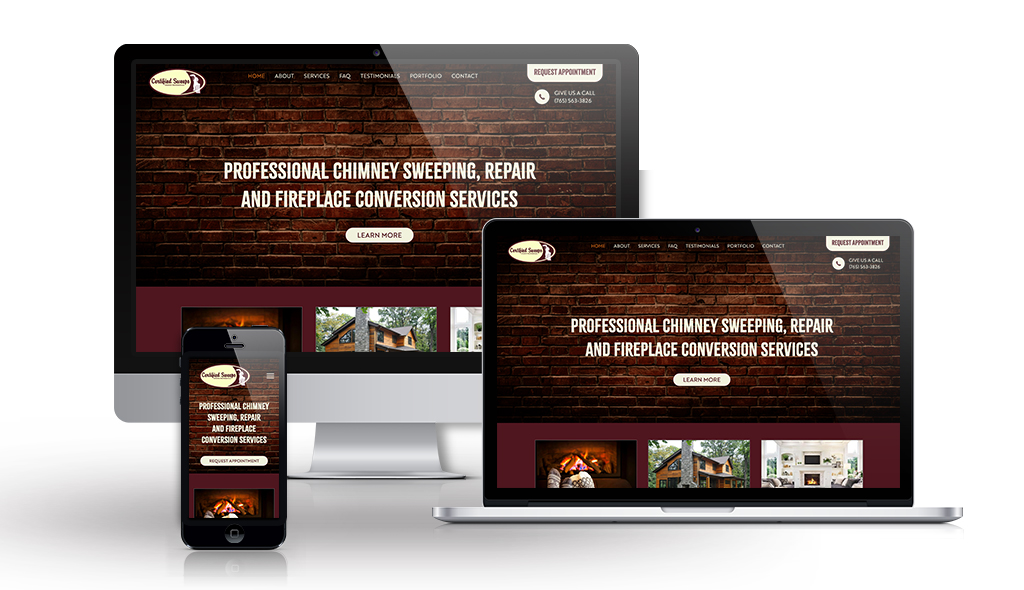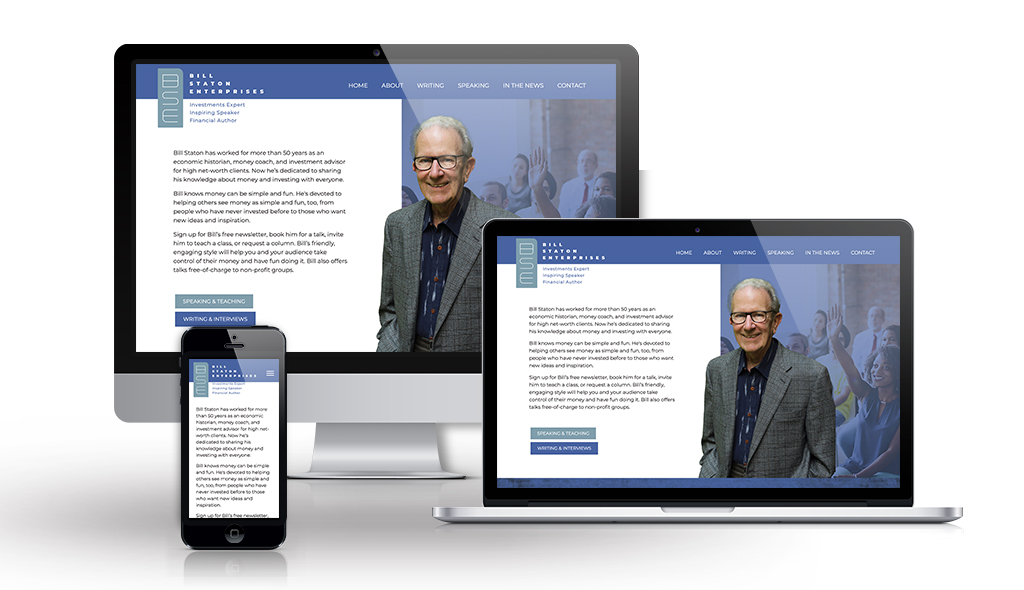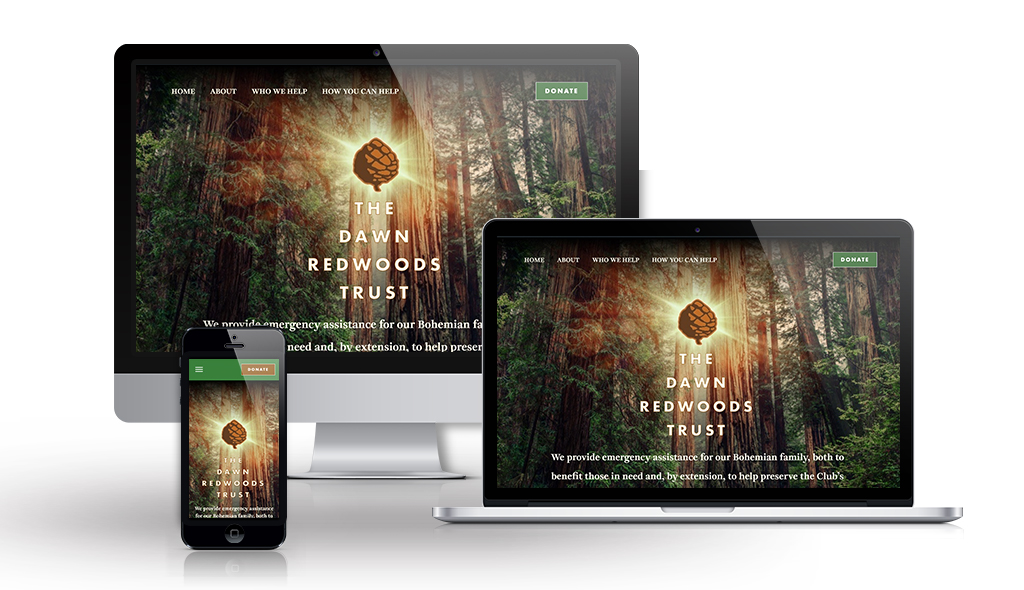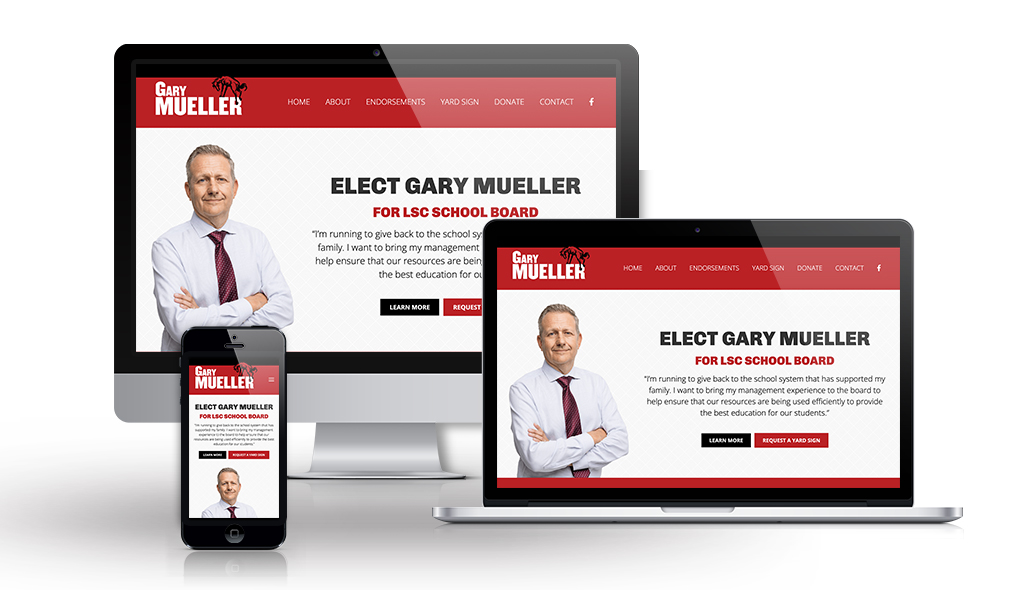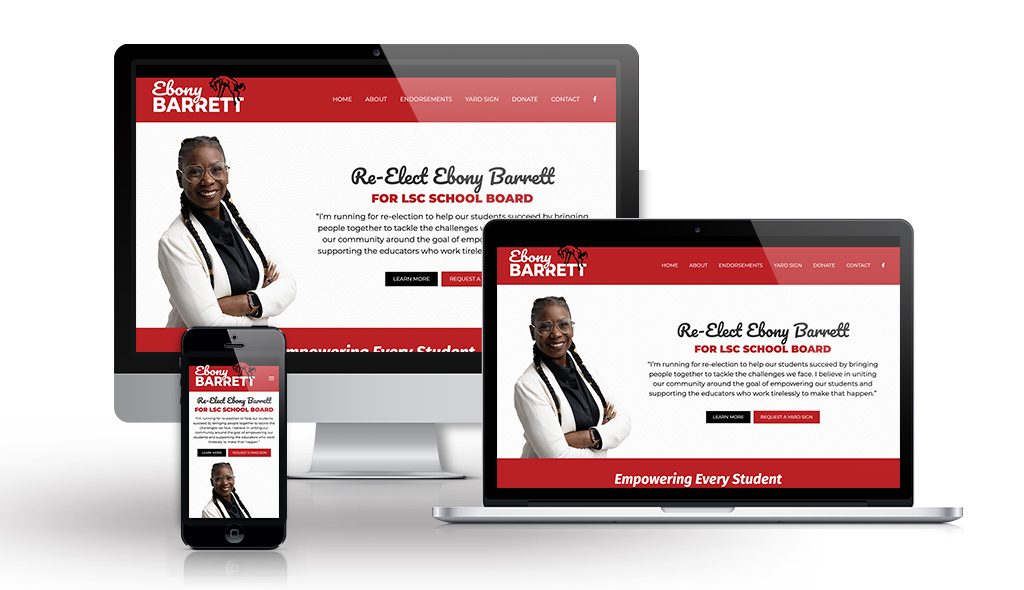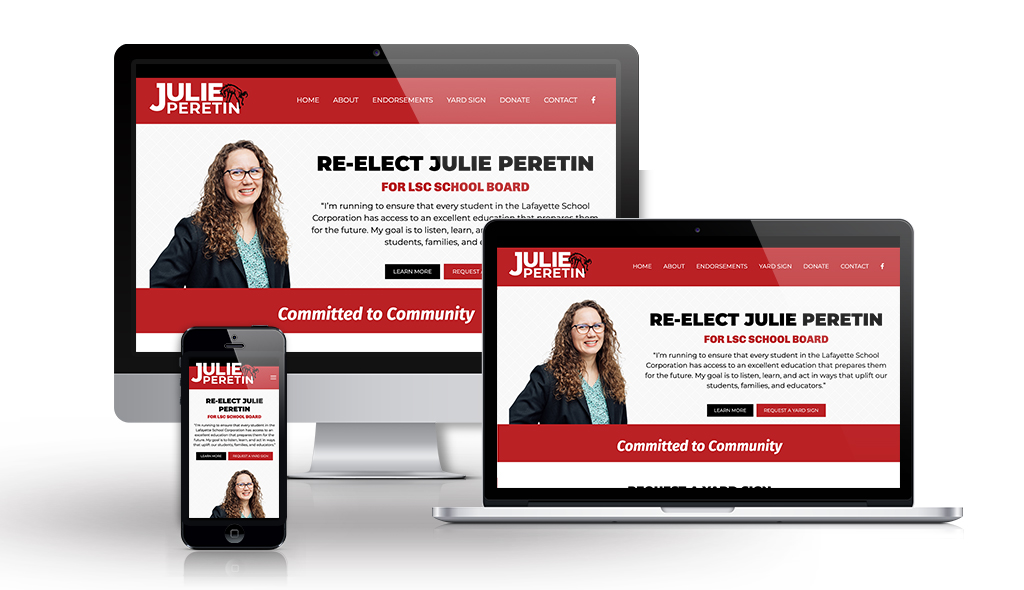
This post isn’t going to make me popular with the designers of low-cost WordPress themes, but it’s a post that needs to be made and there’s a lot to it. So let’s start from the beginning.
What is a WordPress theme?
A WordPress theme is a collection of files that work together to determine the visual appearance and layout of a WordPress website. It includes template files, stylesheets, and additional assets such as images or JavaScript files. The theme dictates how the content is presented to users, affecting the overall design, color scheme, typography, and other visual elements of a website. Themes allow users to customize the look and feel of their WordPress sites without altering the underlying content or functionality. They play an important role in shaping the user experience and can be easily switched or customized to achieve different aesthetic preferences or branding requirements.
When you install WordPress, it comes preloaded with the latest default WordPress theme, which is currently Twenty Twenty-Four. Every year there is a new one and you can probably guess what the next one will be named.
Theme Options
You really have three options when it comes to themes. You can stick with the default theme, or you can install a different free theme. There are plenty of free ones in the WordPress Repository.
You can buy a low-cost WordPress theme, anywhere from $10 to $150. There are lots of people who sell themes, and there are lots of theme stores. I’m not going to name names here, but there are plenty of places to find these.
Or you can have a custom theme developed, which is what we do at Sumy Designs.
What should you choose? It’s complicated.
The most common mistake people make when they install a new WordPress theme is thinking that they can install, activate, and then their site will look just like the demo. That’s typically not how it works at all. Yes, you install and activate, but usually, there’s a lot of configuration too, depending on how complicated the theme is. A good theme will have detailed instructions, but following them can be complicated for those not super WordPress experienced.
I’ve seen a lot of folks get frustrated when they bought a theme because they liked how it looked, such as the photos and logo on it, only to find that the photos and logo weren’t actually included.
And the biggest issue is that your content is going to be different from the theme’s demo content. And once you change the content, then it sometimes doesn’t look like what you expected.
Additionally, some themes will come pre-packaged with plugins for additional functionality like slideshows, a portfolio, or e-commerce. And you might not need all those features. More than once I’ve logged into a website that did not sell products to find WooCommerce installed, because it was part of the theme installation. And there’s no reason for your website to be loaded down with a bunch of plugins that you aren’t using.
I’ve seen lots of themes that add tons of stuff to the Dashboard, that make it super complicated to understand and navigate because the user is overwhelmed.
And, in the case of buying a low-cost WordPress theme from various theme-sellers, you may not have access to on-going support. I’ve seen lots of these $30 options get hacked, lots of them get abandoned and left defunct.
Buying a low-cost WordPress theme can end up costing you more than custom theme development.
You might think, hey, this theme looks great. And it’s $30! What a bargain! It would cost a lot of money to have someone else build me something like this. I can just buy this and I’ll be done. But there are a lot of reasons why this might end up costing you more than you think.
- Limited Features and Functionality: Cheap themes often come with limited features and customization options. If your website requirements evolve or if you need additional functionality, you may find yourself having to invest in premium plugins or custom development, adding to the overall cost.
- Poor Code Quality: Cheap themes may have poorly written or inefficient code. This can lead to performance issues, slower page load times, and difficulties in troubleshooting problems. Fixing code-related issues or optimizing performance may require hiring a developer, incurring additional costs.
- Security Concerns: Some inexpensive themes may lack proper security measures. Vulnerabilities in the theme’s code can make your website more susceptible to hacking attempts. Addressing security issues may involve investing in security plugins or hiring a professional to fix vulnerabilities.
- Lack of Updates and Support: Developers of cheap themes may not provide regular updates or reliable customer support. As WordPress evolves, outdated themes can become incompatible with the latest software versions, leading to potential issues. Without support, resolving problems or getting assistance with customizations can be challenging and time-consuming.
- Incompatibility with Plugins: Cheap themes might not be well-tested or designed to be compatible with a wide range of plugins. If your website relies on specific plugins for functionality, you may encounter compatibility issues, necessitating additional customization or the search for alternative plugins.
- Hidden Costs for Premium Features: Some cheap themes may offer basic functionalities for free but charge for essential features or premium support. As your website grows, you may discover the need for these premium features, resulting in unexpected costs.
- Limited or No Documentation: Cheap themes may lack comprehensive documentation or tutorials. This can make it challenging to set up and customize the theme, potentially leading to frustration and the need for external assistance.
I cannot tell you how many times I’ve talked to people who found themselves very frustrated with a low-cost WordPress theme, and hired a freelancer to take over and fix the things to work how they wanted, and ended up spending a lot of money only to still be dissatisfied with the final product. And often times they’ve used all their budget up and can’t afford to start fresh.
Opting for a custom designed theme might end up being your best choice
Opting for a custom theme designed and developed for WordPress offers several advantages compared to buying a pre-made template. The biggest advantage is your web design company is going to know you and know your goals, know your target audience, and know what features you need… and design and develop your website with those goals in mind. This is a huge advantage of picking a theme based on how it looks and trying to force it to do what you need it to do in terms of functionality. Here are some additional benefits:
- Tailored to Your Needs:
- Unique Design: A custom theme allows you to have a unique and distinctive design that aligns perfectly with your brand identity. This can help your website stand out from competitors who may be using similar templates.
- Specific Features: A custom theme can be built with the exact features and functionalities your website needs. You won’t be limited by the features provided by a pre-made template, and you can have a solution that addresses your specific requirements.
- Optimized Performance:
- Efficient Code: Custom themes can be developed with clean and efficient code, resulting in faster page load times and improved overall performance. This is important for user experience and search engine optimization (SEO).
- Scalability and Flexibility:
- Future Growth: A custom theme can be designed with scalability in mind, accommodating your website’s growth and evolving needs. You won’t face limitations on expansion or additional features as your business or content grows.
- Flexibility: Custom themes provide greater flexibility for future modifications and updates. You can easily adapt the theme to changing design trends, technology advancements, or shifts in your business requirements.
- Enhanced Security:
- Tailored Security Measures: A custom theme allows for the implementation of specific security measures tailored to your website’s needs. This can help reduce the risk of vulnerabilities and security breaches.
- Optimized for SEO:
- SEO-Friendly Structure: A custom theme can be developed with a structure that is optimized for search engines. This includes clean code, proper heading hierarchies, and other SEO best practices, contributing to better search engine rankings.
- Support and Maintenance:
- Dedicated Support: Custom theme developers often provide ongoing support and maintenance. This ensures that your theme stays up to date with the latest WordPress releases and security standards. You can also receive assistance in case of issues or updates.
- Brand Consistency:
- Consistent Branding: A custom theme allows you to maintain consistent branding throughout your website. The design can be aligned precisely with your brand colors, fonts, and visual elements, reinforcing a cohesive brand identity.
- Unique User Experience:
- Tailored User Journey: With a custom theme, you can design a user experience that is specifically tailored to your target audience. This can lead to a more engaging and user-friendly website, enhancing the overall visitor experience.
- No Unnecessary Features:
- Efficient Resource Usage: Pre-made templates often come with a variety of features that may not be relevant to your website. A custom theme ensures that you only include the features you need, reducing unnecessary resource usage and streamlining your site.
- Ownership and Control:
- Full Ownership: When you have a custom theme, you have full ownership and control over your website’s design and functionality. You are not bound by licensing restrictions or the limitations imposed by template providers.
While custom themes require a higher upfront investment and development time, the long-term benefits in terms of uniqueness, performance, scalability, and control often outweigh the advantages of using pre-made templates. Custom themes are particularly beneficial for businesses and organizations with specific requirements and a focus on branding and user experience.
See examples of some of the custom WordPress themes we’ve designed and developed below.
Amy Masson
Amy is the co-owner, developer, and website strategist for Sumy Designs. She's been making websites with WordPress since 2006 and is passionate about making sure websites are as functional as they are beautiful.


